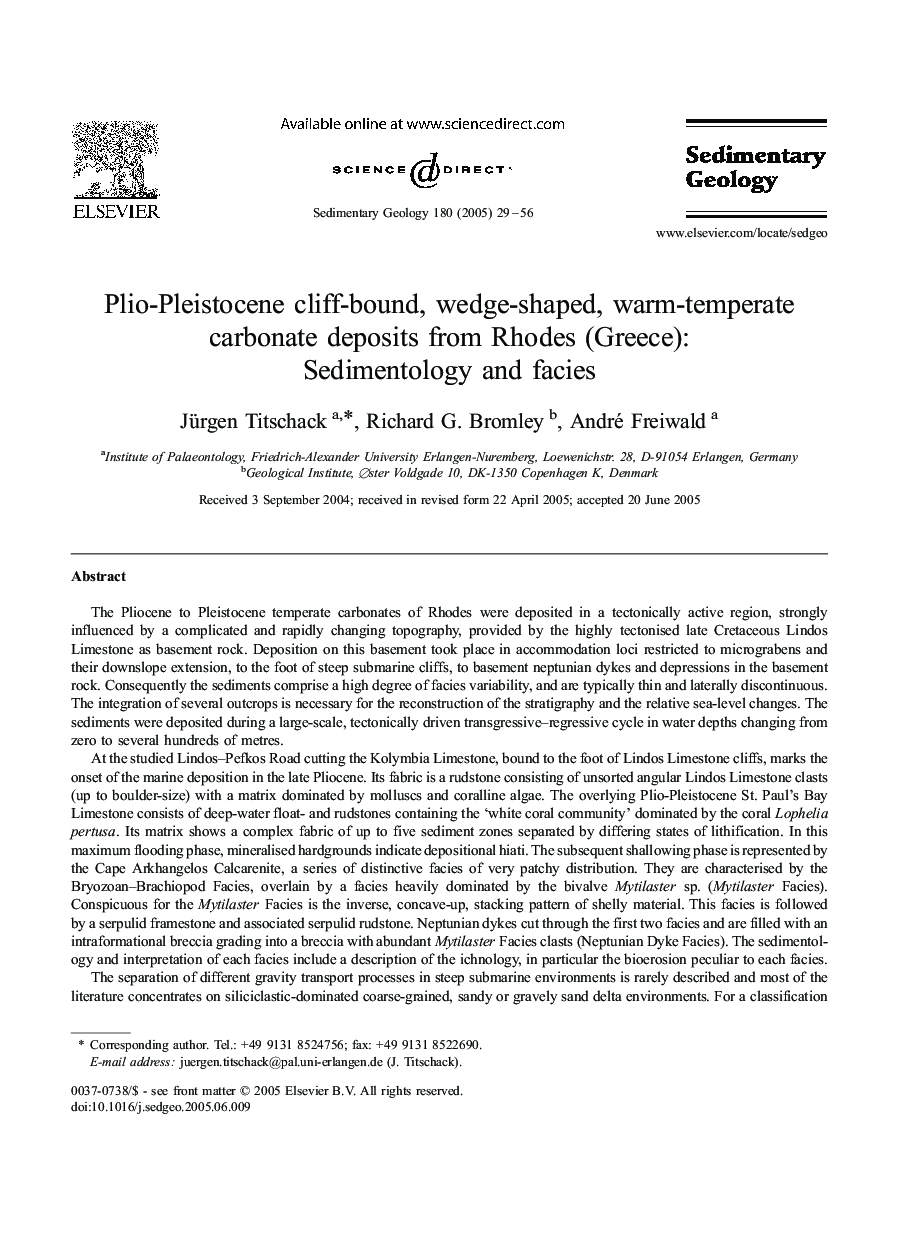| Article ID | Journal | Published Year | Pages | File Type |
|---|---|---|---|---|
| 9526061 | Sedimentary Geology | 2005 | 28 Pages |
Abstract
The separation of different gravity transport processes in steep submarine environments is rarely described and most of the literature concentrates on siliciclastic-dominated coarse-grained, sandy or gravely sand delta environments. For a classification of the transport processes of the examined deposits, the following criteria were evaluated: sediment body symmetry, inclination of the palaeorelief, sediment constituents, fabric complexity, sedimentary structures and availability of fine matrix. Sedimentary structures and grading can be camouflaged in carbonates due to density differences of bioclasts; however bioclast-orientations such as bivalve stacking patterns can give information about the sedimentary process. We suggest the inverse, concave-up, stacking pattern of bivalve shells to be a texture potentially indicative for debris falls. Because of the above-mentioned criteria we classified the Kolymbia Limestone as rock-fall deposits and the St. Paul's Bay Limestone as well as the Mytilaster Facies of the Cape Arkhangelos Calcarenite as debris-fall deposits. The Bryozoan-Brachiopod Facies could not be classified with certainty because of the lack of sedimentary structures and bioclast-orientation. However, a grain-flow or most likely a debris-fall transport process seems probable.
Related Topics
Physical Sciences and Engineering
Earth and Planetary Sciences
Earth-Surface Processes
Authors
Jürgen Titschack, Richard G. Bromley, André Freiwald,
